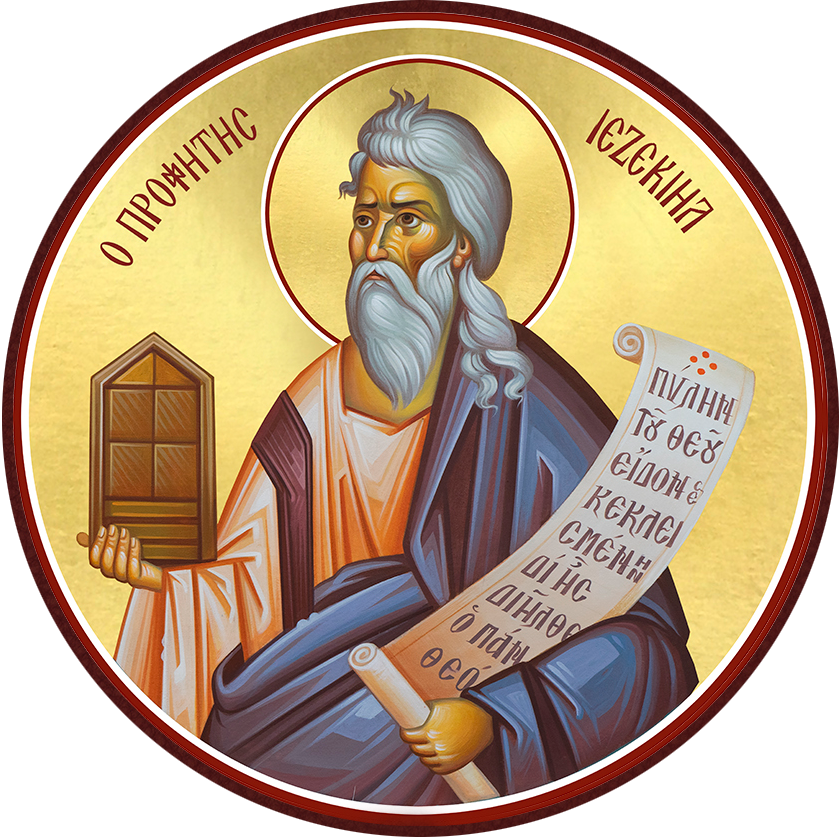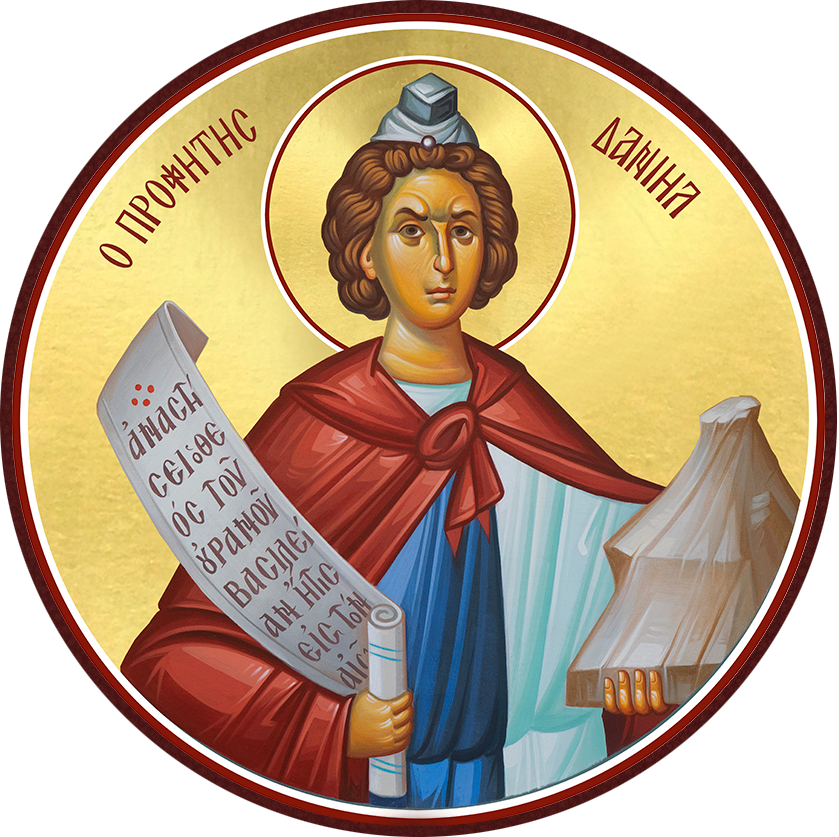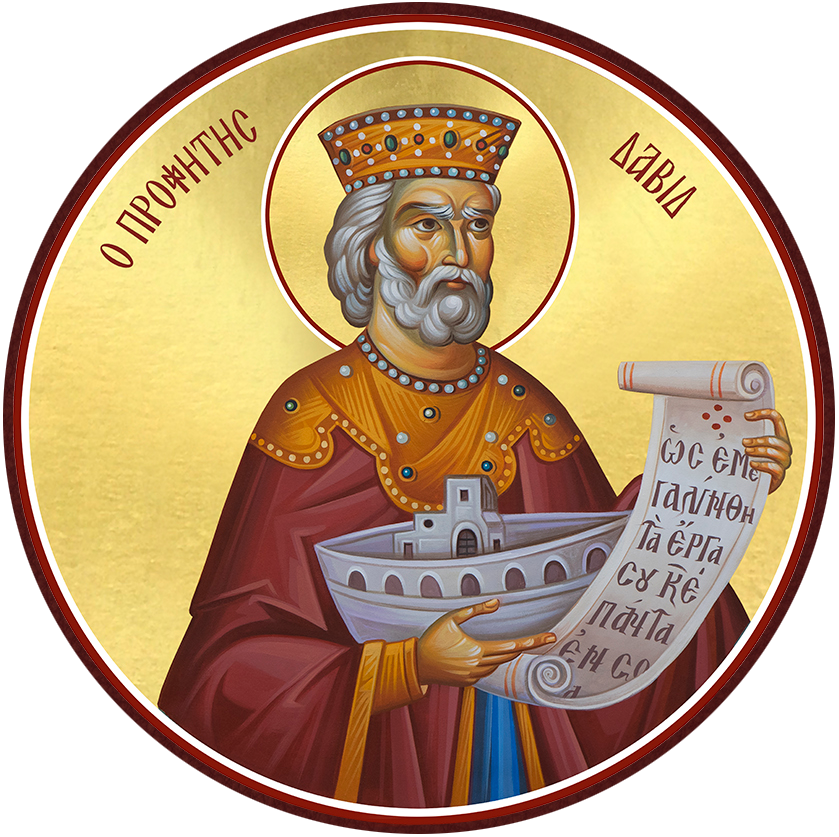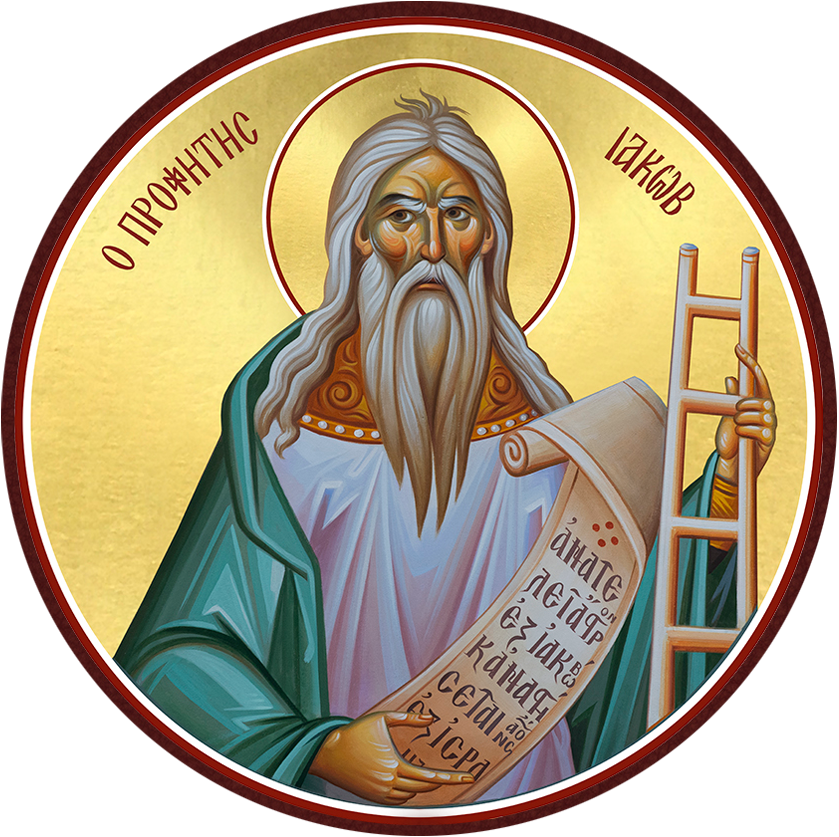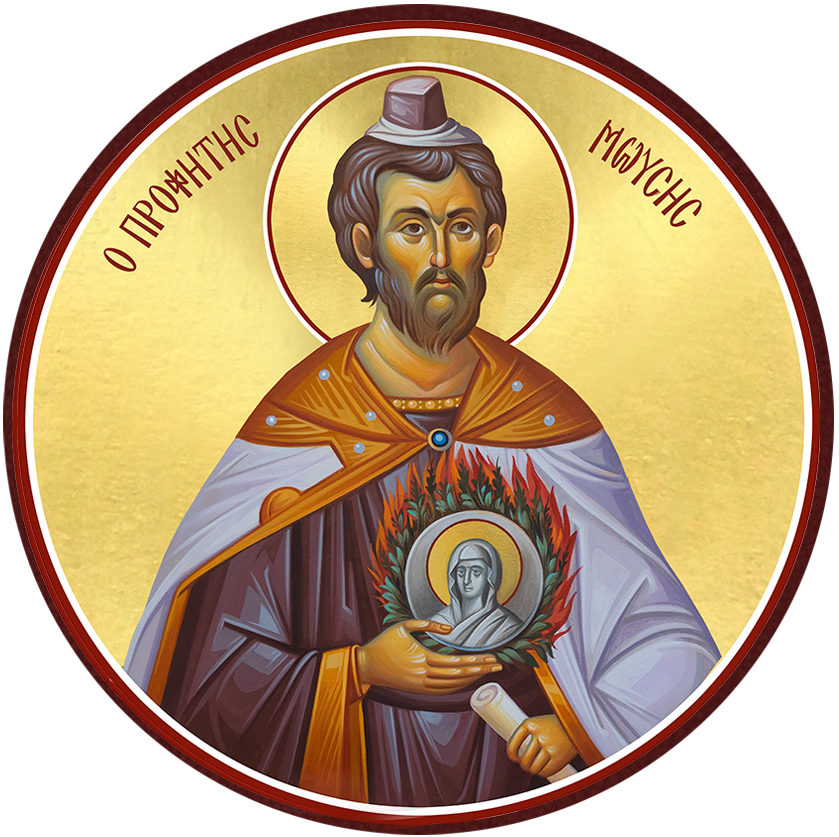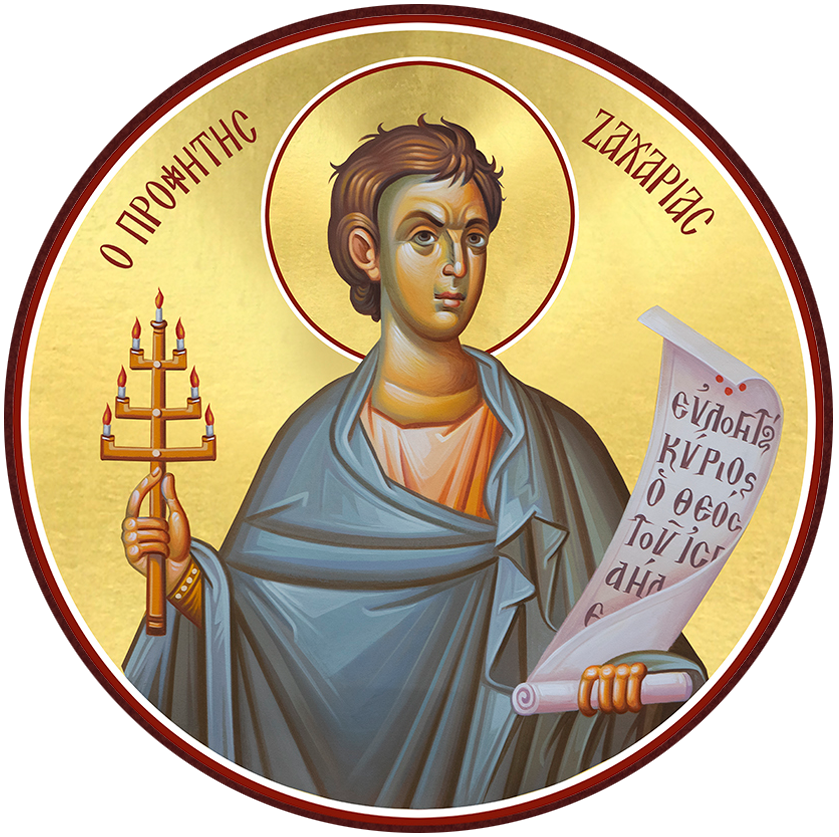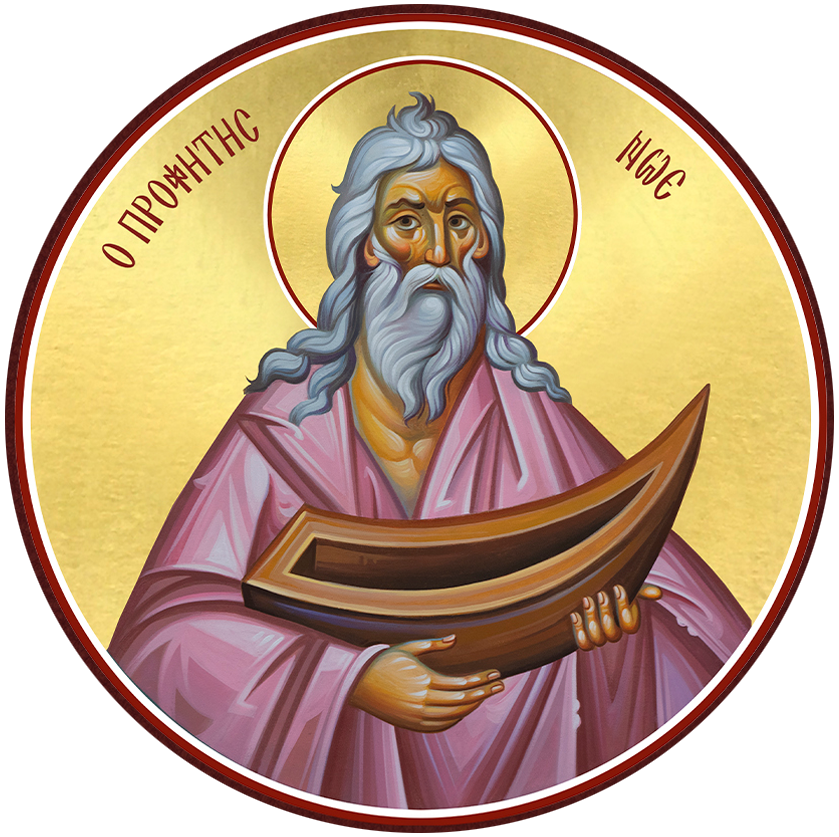
Iconography is the Church’s participation in God’s self-revelation. Every icon is sacred in as much as all icons relate to Christ.” “Through Him all things came into being, and apart from Him nothing came to be. -John 1:3
Like all other art, the art of the Orthodox Church developed within a particular culture and may only be understood within the center of its own history.
There is however something timeless and universal about the icon. It is a powerful expression of both the spiritual and the aesthetic. Spiritually it can open the door to fulfill a deep religious need.
Today’s information society produces a stream of never ending visual stimuli. Mass media makes it possible for images to be devoured like consuming goods and that affects our whole mind and being. Iconography as a form inspires serenity and invites medication and prayer, producing a contemplative space for reflection.
The word “icon” comes from the Greek word meaning “image.” To separate this art from other forms the word “agiographies” (holy images in Greek) is used to specify this form as “sacred art.”
There are a variety of Orthodox art mediums expressed as icons that include decorations on walls, mosaics, frescoes, wood reliefs, metal and ivory, etc. Icons that have been “created” often are said to be “written” that adorn the interior space of churches. Although icons may be “new” or sopies of what may appear elsewhere these are not considered copies per se but rather re-creations. They are based on exacting traditional techniques often from Byzantine style sources. This is a painstaking and time consuming process.
It is important to remember that what is being produced by a qualified and often gifted artist is in the end a “holy object.” The content is determined by Holy Scriptures and the Tradition of the Church. That is why the work to be done is dictated more by discipline than inspiration.
Because of this, icons do not stand alone as simply “art” but refer to spiritual dimensions and forms that are part of a concrete religious practice. Icons express themselves through “holy” symbols and language that cannot be read or understood often without a knowledge of Orthodox theology and spirituality. In order to call a painting an icon it must have the characteristics of Orthodoxy. This means it must express the true teachings in visual form just as preaching is expressed verbally. This is what the word Orthodoxy mean- true teaching and true praise.
St. John Damascus (675-749) points out that “just as words encourage hearing, so do images stimulate the eyes.” Words he tell us, are verbal icons.
Rendering of whole altar area walls and apes.
The Mustard Seed Fund - A Community Offering
Holy Communion Icon
In the Communion of the Apostles scene- the Mystical supper takes place in the Church not a house (upper room) not on a table but on an altar. Historically the last supper had Judas present but in this scene Judas is not pictured as the icon transcends the bounds of time of an event that takes place in heaven.
What is the Mustard Seed Fund?
Christ referred to the mustard seed as being the smallest of seeds that produces the largest results for its size. He also used the mustard seed as a metaphor for anything that begins small but grows larger with faith. As such, this fund has been established to include our collective giving to multiply our small gifts significantly.
It has always been important at every phase of the Building on Our Faith effort to include every one of our stewards and friends. Phase I of the Iconography plan includes a community effort where gifts of five hundred dollars or more will go towards underwriting the two icons of Christ distributing Holy Communion to the Apostles and the ornamentation that are part of Phase I. All donors to this community effort will be recognized as participants in the Phase I project.
As always, gifts small or large are appreciated as they originate from a generous heart and a love for our Church and faith.
Platetera and Angels- More spacious than the Heavens
Virgin Mary and Christ intercedes for the salvation of the world. Quarter sphere in back of Altar in the upper part in the eastern apse behind the Altar table. She is either with her arms outstretched with the Child Jesus against her chest in the upper part of her body or as an entire figure with Christ sitting on her lap enthroned. Christ is blessing with His hand or hands. There are Angels to her left and right. (Michael and Gabriel) or additional angels if space permits.
The apse in the back in Byzantine Churches is at a uniting point between the roof of the Church and the floor and symbolically uniting heaven and earth. Hymnography refers to the Virgin Mary as “the heavenly ladder, whereby God descended” and “the Bridge leading these of earth to heaven.” We recently heard these words from the Akathist and Salutation services during Lent. (Praying before the Pantocrator)
The child Jesus that looks like an old man in the Virgin’s lap seems to be an allusion to Daniel (7:9) where it refers to a “child-oldman.”

The Eight Prophets
St. Joachim and St. Anna - Parents of the Theotokos
Saints Peter and Paul & the Hierarchs
St. Peter
St. Paul
St. Basil
St. Chrysostom
The Life of Christ
The Nativity
Christ Before Pilate
These icons are located in the altar area on the left and right of the altar. They are niches set into the walls.
The Baptism of Christ
The Transfiguration of Christ
These icons are located in the church on the left and rights side walls.

The Apostles
Jesus during his earthly ministry had many followers. But he chose 12 men specifically and commissioned them to be his disciples. The list of disciples are mentioned in Matthew 10:2-4, Mark 3:16-19, Luke 6:13-16 and Acts 1:13. The original twelve disciples are also called the “apostles” (Greek- apostolos meaning ‘one who is sent out).
What Colors Mean- What They Symbolize
Taken from The Icon-Images of the Invisible by Egor Sendler
Chapter 10 –pg 149
There are many manuals that specify color over the centuries but many state colors of saints, backgrounds, clothing, dress, etc. without explanation. Namely it is the tradition of centuries and history. Many faithful could recognize that saints or feasts by the colors. Colors to not represent the object painted but give it meaning. Colors are not to be interpreted by reason but by inner sensibilities. Therefore explanations about colors depicted are more of a feeling, an opinion which people have had over time. Therefore colors are more than decorations but an artistic language. They are informed by the Byzantine art world and the Greek world and culture that preceded it.
The color red seemed to be a dominate color during this long period. Purple (also purple cloth) considered a royal color-difficult to find and only in upper circles. It was also used like currently in commercial exchanges meaning it had double royalty and death. White, red, green, and blue express life, purity, peace and goodness. Black, gray, brown, pale yellow express death, danger and impurity.
Color belongs to the world of symbols. We need to have an idea of what they mean and in iconography colors are there to lead us upward i.e. beyond material towards the divine. There are historical texts (Psedudo Dionysios, Scriptural too, etc.) but all writings early do not all agree on the interpretation.
Let’s look at some:
White: Purity (from ancient antiquity) White represents the divine world (optical effect and total absence of color and the closets to light itself), purity, calm, (rays of the sun). In icons it seems to jump out at the spectator with more power than any other color. In other places (Christ in the Grave, Lazaros, Christ in the manger, etc.) it is used as a point to its future burial.
Green: Refers to nature, vegetation, etc. Ancient Greek usually gave this color to Aphrodite the goddess of beauty. Other ancient meanings have it has a symbol of water and links its relation. Greek gives a radiance of calm and neutral. It is a color between the movement of depth between blue and red. It usually harmonizes the whole iconic work. The color Green in its shades between yellow and blue is used for people in icons. Greek is used for martyr’s clothing, prophets and kings. Festal icons also have secondary persons painted in green for artistic reasons.
Black: Black is the total absence of light. In ancient times black stood for the underworld- those damned as in some paints of the last judgement. They have lost everything that is life. In the icon of the Resurrection hell is black, Lazaros’ tomb, the cavern (abyss) under the Cross of Christ in the Crucifixion usually contains a skull (skull of Adam) represents death and its entrance into the world through sin. The Cave of the Nativity is also black reminding us that Christ appears as Savior “to give light to those in darkness” Luke 1:79. Black us used for monks habits- asceticism to show they have already died to this world. Black, the opposite of white, is absence of everything while white represents purity.
Purple: In Byzantium the emperors wore purple which represented power and authority. It was an imperial color. Rarely in iconography do you have the full dark color purple. Rather it is usually more of the color red and more luminous. “Its power and force to do not come from human power and authority but are from God.” Very often writings about iconography speak of the Virgin’s clothing to have a hue of purple-more like dark cherry red, rarely dark blue.
Blue: Blue is the radiance and is the least sensual and most spiritual. It symbolizes depth and tranquility. It gives the illusion of another world. In iconography it remains passive. Dark blue (color of sky) usually can be found on the Pantocrator, Virgin Mary, Apostles and robes. In the Transfiguration the Mandorla is painted dark blue. It represents the mystery of the divine life.
Brown: Red, blue, green and some black make brown. Compared to black, brown is more lively, less stark. It usually depicts matter- earthly- usually objects. Usually soil, rocks, even buildings in a lighter hue. Being close to black, dark brown is used to depict monks, ascetics to denote poverty and renunciation of world.
Black: Black is the total absence of light. In ancient times black stood for the underworld- those damned as in some paints of the last judgement. They have lost everything that is life. In the icon of the Resurrection hell is black, Lazaros’ tomb, the cavern (abyss) under the Cross of Christ in the Crucifixion usually contains a skull (skull of Adam) represents death and its entrance into the world through sin. The Cave of the Nativity is also black reminding us that Christ appears as Savior “to give light to those in darkness” Luke 1:79. Black us used for monks habits- asceticism to show they have already died to this world. Black, the opposite of white, is absence of everything while white represents purity.
Red: Has a pre-Christian history in scripture as well (activity and power) in Iconography associated with soldiers. It also is the equivalent that belongs to the world of light. In Christianity red has the meaning associated through the blood of Christ (also martyrdom).
Yellow: Sometimes is mistaken for gold. Gold does not have any material coloration. It is the pure reflection of light or brilliance. (Practical before electricity- candles illuminated the space- reflected light.) It is the symbol of divine light.
Conclusion: In the Christian world colors have a definite symbolism- at least the main colors. Colors today may have a different interpretation than those in the past. Much confusion comes from the meanings or naming of colors today vs their vocabulary meanings of the past. For example: dark blue was interchangeably with purple. The matter is complex but having some idea of what has been discussed will helps us understand the world of Byzantine art. Icons have become works of art which reveal to our eyes of a beauty that goes beyond us, a beauty which is the reflection of anther world.


